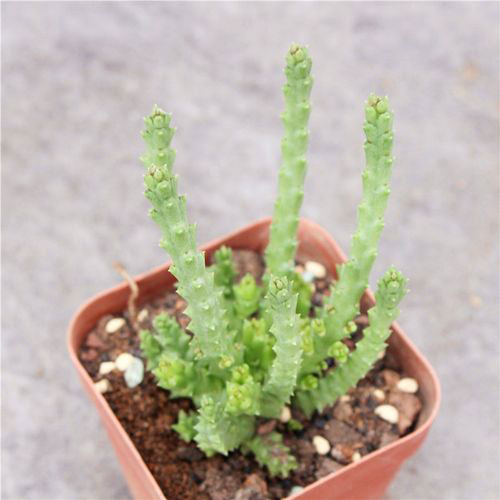Starfish snake plant (Starfish Sansevieria) Profile
Written by Iris
Oct 22 2021
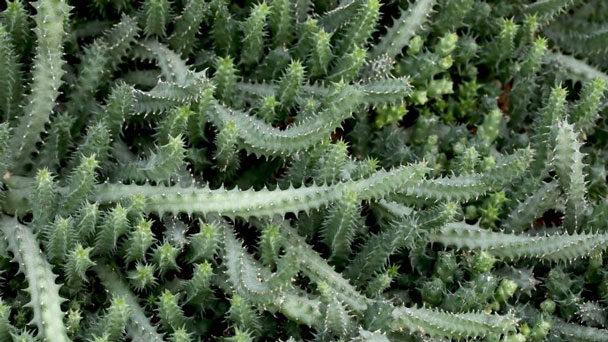
Starfish snake plant is part of the Asparagaceae family, a group of plants whose best-known member is the garden asparagus. The ancient Chinese first cultivated Starfish snake plants. They believed the eight Gods bequeathed their virtues of Health, Strength, Prosperity, Longevity, Beauty, and Intelligence.
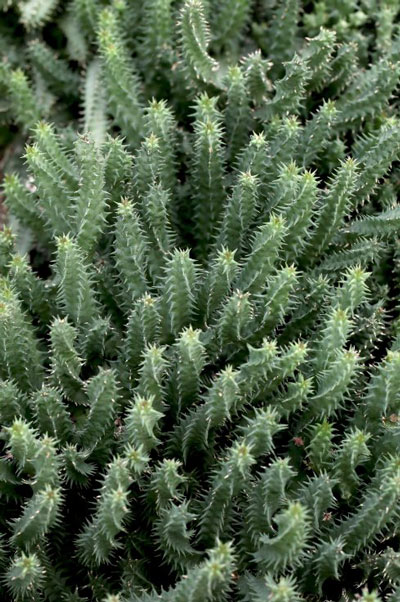
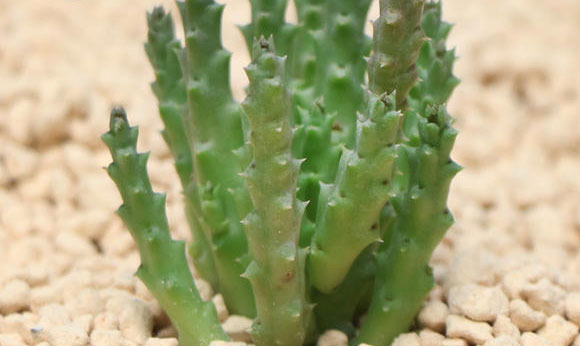
The right care for Starfish snake plants means protecting them from fluctuations in temperature. For example, fan snake plants could suffer if they sit in drafts from open windows or air-conditioning airflow. During winter, a sansevieria starfish sitting near a hot radiator could start to wilt from the heat.
Sansevieria cylindrical starfish plants grow in USDA zones 10 and 11. If growing outdoors, make sure the temperature doesn’t drop below 50°F (10°C). If so, bring the containers indoors through the winter until the weather warms the following spring.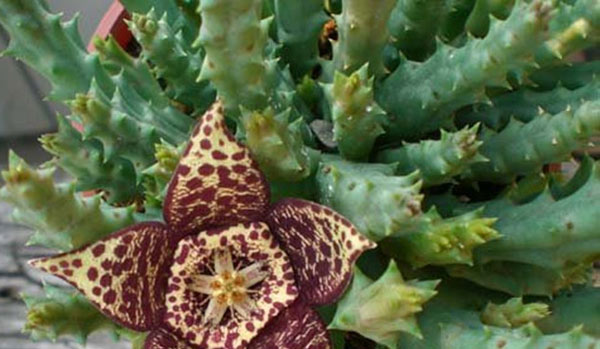
Drop a tiny drop of alcohol on mealybugs to rid the plant of them. Remove spider mites by washing the leaves with a cloth and warm water or spraying organic Neem oil.
Reminder: The presence of pests probably indicates your plant is not well. Restoring starfish snake plant to health most likely will end pest and bug problems.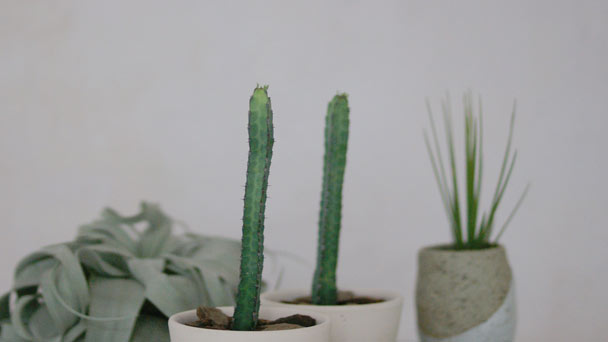
In Korea, potted sansevierias are commonly presented as a gift during opening ceremonies of businesses or other auspicious events. In Barbados, sansevieria is also popularly referred to as the "money plant", with the belief that the person having it will always have money. The belief seems to be based on an association of the color (green) with the US bills.
Starfish Snake Plant PictureStarfish Snake Plant InfoEcological Habits of Starfish Snake PlantHow to Grow and Care for Starfish Snake PlantHow to Grow Starfish Snake PlantHow to Care for Starfish Snake PlantUses of Starfish Snake PlantStarfish Snake Plant Common Pests/DiseasesStarfish Snake Plant UsesRope and traditional usesOrnamental purposes
Starfish Snake Plant Picture
Starfish Snake Plant Info
| Scientific name | Starfish Sansevieria |
| Common Name | Starfish snake plant |
| Brightness | Low to Bright. Prefers medium indirect light. Will tolerate low light well. |
| Sun Exposure | Indirect. Indirect light to dappled sun preferred. |
| Water | Allow potting mix to dry out completely between waterings. Think of a succulent. |
| Humidity | Any humidity level will work. |
Ecological Habits of Starfish Snake Plant
Starfish snake plants are succulents with long fleshy, tubular leaves. The rod-like succulent leaves are a greenish-gray color with darker stripes wrapping around the cylinder leaves. The Sansevieria cylindrica species grows tube-like leaves up to 7 ft. (2 m) tall.
How to Grow and Care for Starfish Snake Plant
How to Grow Starfish Snake Plant
Sansevieria cylindrica 'boncel' will grow 'pups' from rhizome roots that can be removed by division and propagated to grow on their own. Sansevieria reproduce asexually via underground rhizomes that send up offsets. These offsets, or pups, can be separated using a clean knife or garden spade and potted into their own container. If dividing a snake plant, allow the rhizome to callous over for a few days before potting into fresh potting medium. Keep the soil lightly moist or provide a humid environment to encourage rooting.How to Care for Starfish Snake Plant
- Light
- Soil

- Water
- Temperature and Humidity
The right care for Starfish snake plants means protecting them from fluctuations in temperature. For example, fan snake plants could suffer if they sit in drafts from open windows or air-conditioning airflow. During winter, a sansevieria starfish sitting near a hot radiator could start to wilt from the heat.
Sansevieria cylindrical starfish plants grow in USDA zones 10 and 11. If growing outdoors, make sure the temperature doesn’t drop below 50°F (10°C). If so, bring the containers indoors through the winter until the weather warms the following spring.
- Fertilizer
- Pruning

Uses of Starfish Snake Plant
Landscape Uses : Sansevierias can be used with equal effectiveness as an accent plant or in mass in planters or bedsStarfish Snake Plant Common Pests/Diseases
Beware of common houseplant pests, especially spider mites, mealybugs and vine weevils. Inspect the Starfish Sansevieria's leaves when watering.Drop a tiny drop of alcohol on mealybugs to rid the plant of them. Remove spider mites by washing the leaves with a cloth and warm water or spraying organic Neem oil.
Reminder: The presence of pests probably indicates your plant is not well. Restoring starfish snake plant to health most likely will end pest and bug problems.

Starfish Snake Plant Uses
Rope and traditional uses
In Africa, the leaves of former Sansevieria species are used for fiber production; in some species, e.g. Dracaena hanningtonii, the plant's sap has antiseptic qualities, and the leaves are used for bandages in traditional first aid.Ornamental purposes
Other former Sansevieria species are less common in cultivation. Another species is Sansevieria cylindrica, which has leaves which look quite different from D. trifasciata, but is equally tough.In Korea, potted sansevierias are commonly presented as a gift during opening ceremonies of businesses or other auspicious events. In Barbados, sansevieria is also popularly referred to as the "money plant", with the belief that the person having it will always have money. The belief seems to be based on an association of the color (green) with the US bills.
Latest Updated
- Benefits of Bugleweed - 7 Science-backed Health Benefits
- Bugleweed Dangers & Side Effects - Is It Poisonous?
- How to Plant Evergreen Trees - What You Should Know
- When to Plant Evergreens - Grow Guide for Evergreen Trees
- 12 Wonderful Evergreen Shrubs for Your Garden
- 12 Popular Evergreen Plants with Pictures for Beginners
- When And How To Prune A Lilac Bush Like a Pro
- How to Grow & Care for Lilac Vine (Hardenbergia Violacea)
- Japanese Lilac Tree (Syringa Reticulata) Care & Propagation Guide
- Shumard Oak Pros and Cons - What to Know
Popular Articles
- Winter maintenance of Antirrhinum Majus
- How to Grow Terminalia Mantaly Tree
- How to Grow and Care for Crossostephium Chinense
- How to grow Antirrhinum Majus in spring
- Peristeria Elata (Dove Orchid) Profile: Info & Care Guide
- Underwatered Snake Plant (Sansevieria Trifasciata) - Signs And How To Fix
- How to Care for Brazilian Jasmine Plant (Mandevilla Sanderi)
- How to Grow & Care for Graptopetalum Purple Delight in Summer
- Rosa Chinensis (China Rose): Plant Growing & Care Tips
- How to Care for Baby Sun Rose (Aptenia Cordifolia)
